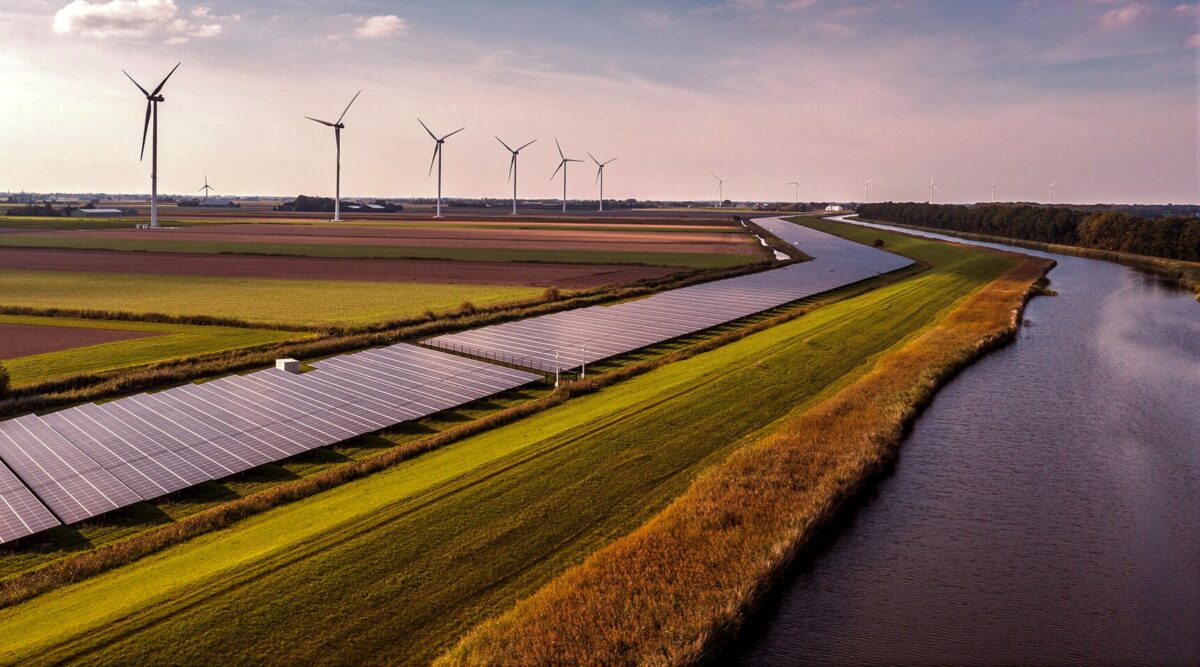12 November 2024
By Punki Modise, Group Chief Strategy and Sustainability Officer at Absa.
In the halls of the Bella Centre at COP15, developed nations committed to mobilising $100 billion per year by 2020 to support both mitigation and adaptation efforts in developing countries.
This financial promise was intended as a lifeline for nations facing the worst climate impacts despite contributing the least to global emissions. Yet, more than a decade later, the gap between this promise and today’s urgent realities is wider than ever.
The scale of the challenge has only grown. In 2022, 13 years after the initial pledge, developed countries finally met – and slightly exceeded – the $100 billion target, according to Organisation for Economic Co-Operation and Development (OECD) figures. However, much of this funding has come as loans, raising sustainability concerns for recipient nations already burdened by debt. Experts estimate that meeting the Paris Agreement’s targets will require trillions of dollars annually by 2030, underscoring the need for a far more ambitious financial commitment.
The New Collective Quantified Goal (NCQG) – a post-2025 climate finance target – is set to be a defining agenda item at COP29, aiming for a more ambitious and equitable financial commitment for developing countries. Setting the NCQG correctly will mean moving beyond the $100 billion baseline to a robust, modernised framework with debt-free support, transparency, and scaled-up contributions from both public and private sectors. To ensure climate financing mechanisms address real needs, the NCQG must be co-designed in close collaboration with recipient nations, incorporating their perspectives and priorities at every stage. Anything less risks falling drastically short of the real need.
For African countries, this is especially critical. In pre-COP29 strategy meetings held in September, the African Group of Negotiators emphasised the need for increased, predictable, and accessible financing. They underscored the persistent gap between pledged and disbursed funds and warned that without transparent tracking mechanisms, there is little accountability to ensure these commitments translate into tangible support.
Local communities – those bearing the brunt of climate impacts – are too often overlooked in funding mechanisms, which remain bureaucratic and challenging to access. The NCQG must dismantle barriers that prevent equitable access, such as complex application processes and stringent eligibility criteria, enabling local communities to receive timely and effective support. The group called for streamlined processes and capacity-building efforts to ensure that countries can better navigate the complexities of climate finance while also developing an Africa-led submission on the financial targets for COP29.
Some African leaders, including South Africa’s Forestry, Fisheries, and Environment Minister Dion George, advocate for the NCQG to be set at $1.3 trillion annually, citing the urgent need for predictable and accessible resources. For nations already dealing with severe droughts, floods, and agricultural losses, climate financing must prioritise resilience-building, protective infrastructure, and equitable adaptation support. Climate impacts vary widely across regions, and the NCQG must account for this diversity, ensuring tailored support that empowers each nation to address its unique climate challenges.
There is also a moral imperative at play. Addressing historical imbalances requires an equal partnership in shaping the NCQG, ensuring that African and other developing nations’ insights and priorities are embedded at every level. The continent is home to some of the fastest-growing economies and populations, and a significant investment in its climate resilience now, through mechanisms co-designed with recipient nations, will pay dividends in stability, economic growth, and reduced migration pressures globally.
Yet, the global landscape in which this NCQG is being shaped remains complex. Pivotal elections in key donor nations may shift climate priorities, while macroeconomic challenges push these countries to focus on more immediate domestic issues. Additionally, the EU’s new Carbon Border Adjustment Mechanism (CBAM) could introduce economic pressures on developing countries reliant on exports. As a result, some developing nations may argue that CBAM revenues should contribute to NCQG funds – a position that could gain traction in negotiations.
As the world gathers in Baku, Azerbaijan these four letters – NCQG – will serve as a critical test of global commitment to equitable climate action. This new goal offers a unique opportunity to rectify the broken promises of past summits and foster a partnership that empowers every nation to confront the climate crisis on equal footing. True climate resilience is built through unity.
Only by including every voice and prioritising an inclusive framework for action can we achieve a future where all nations, from the smallest island states to the largest economies, can confront the climate crisis together.
The time to act is now.
.png)
.png)
.png)
.png)
.png)
.png)
.png)

.png)
.png)



